Airborne Astronomy
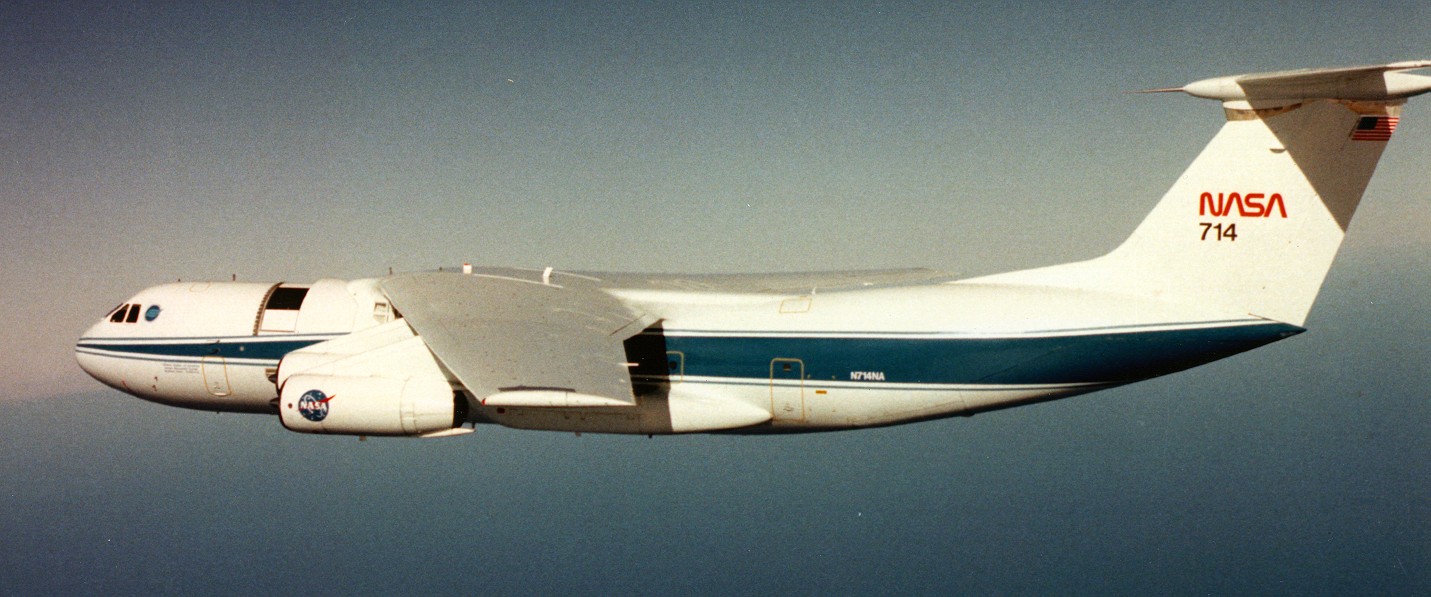
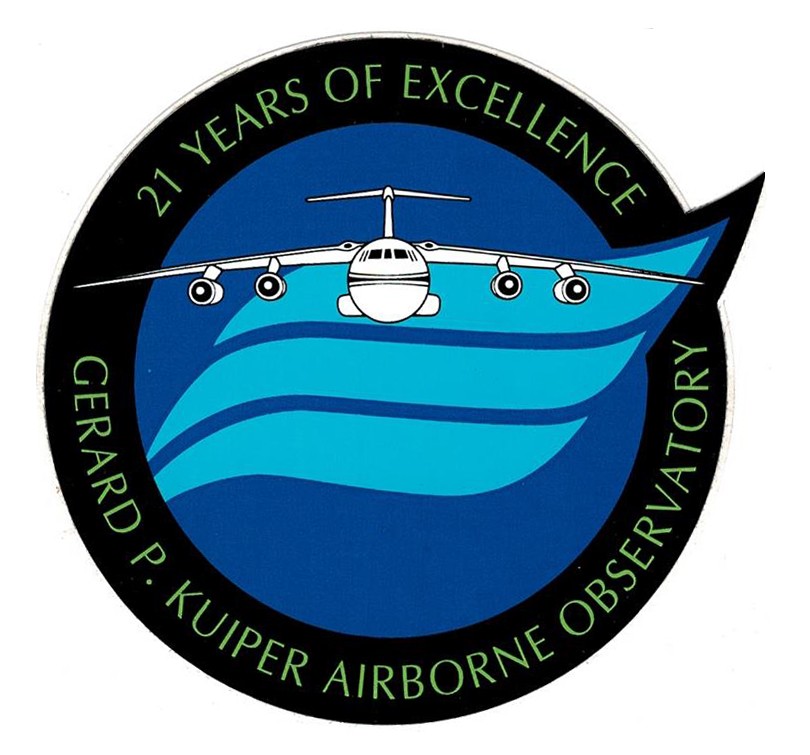
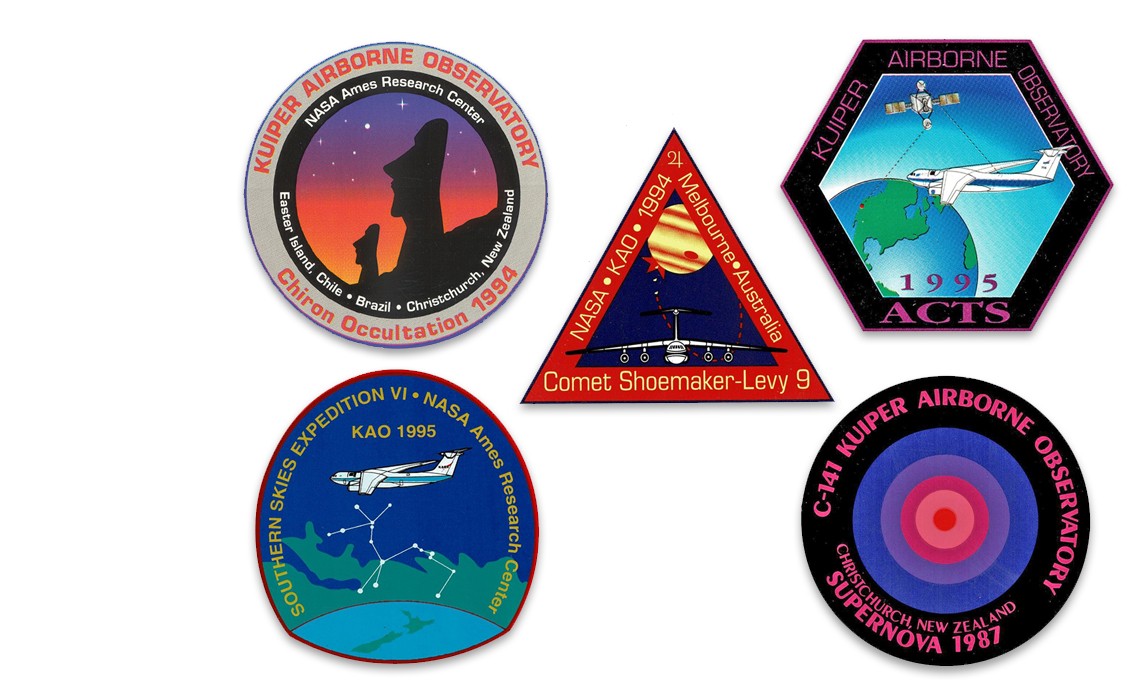
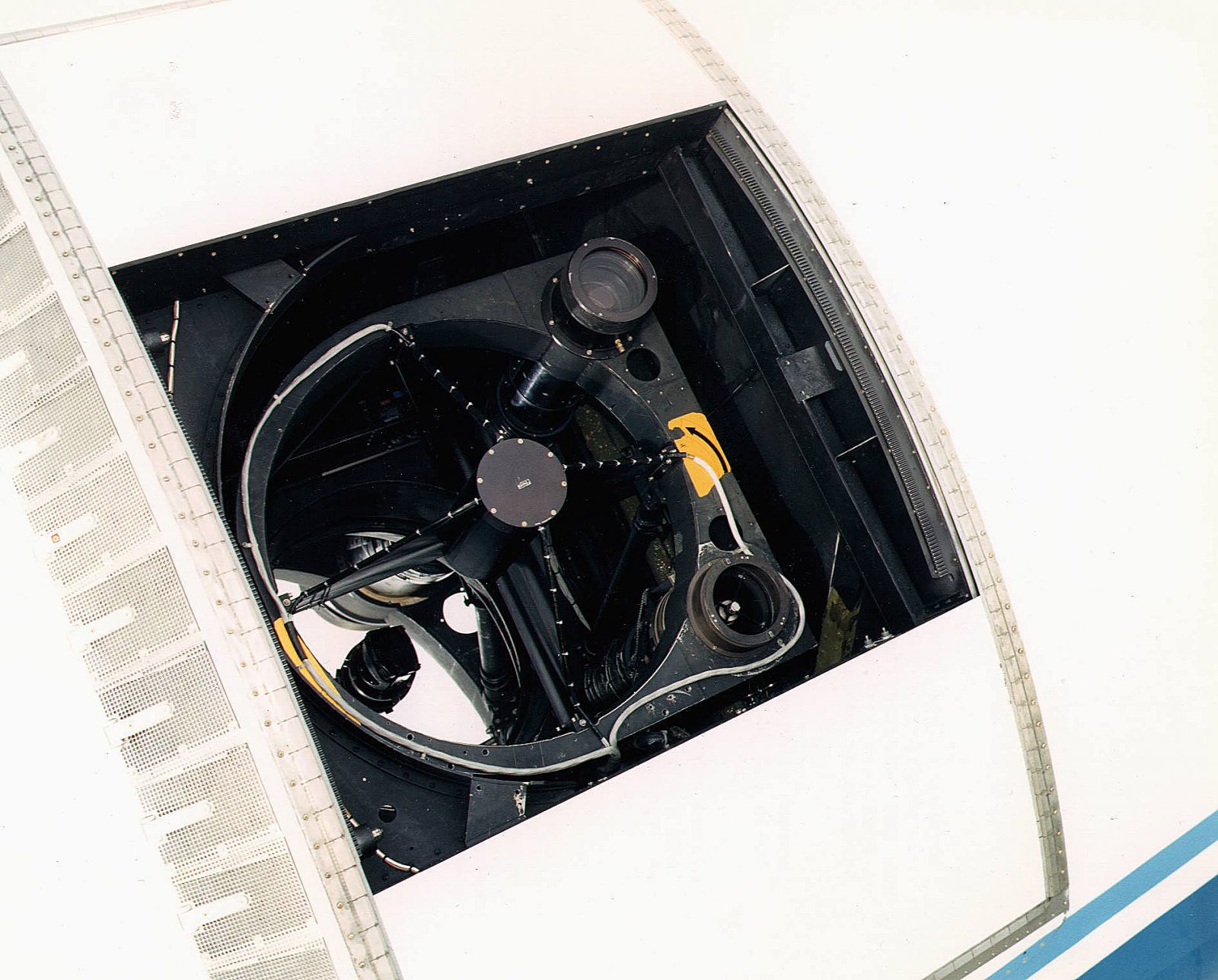
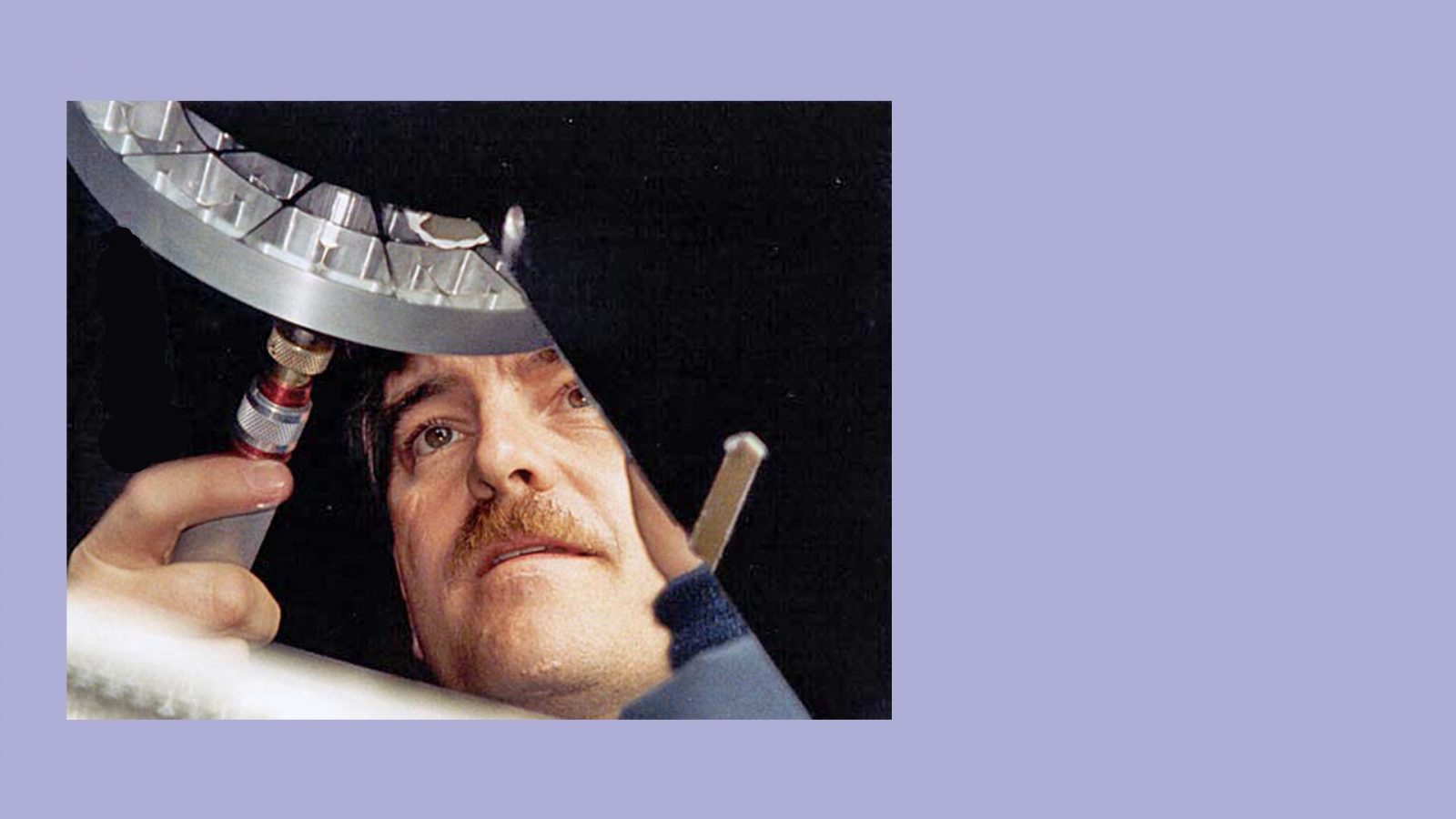
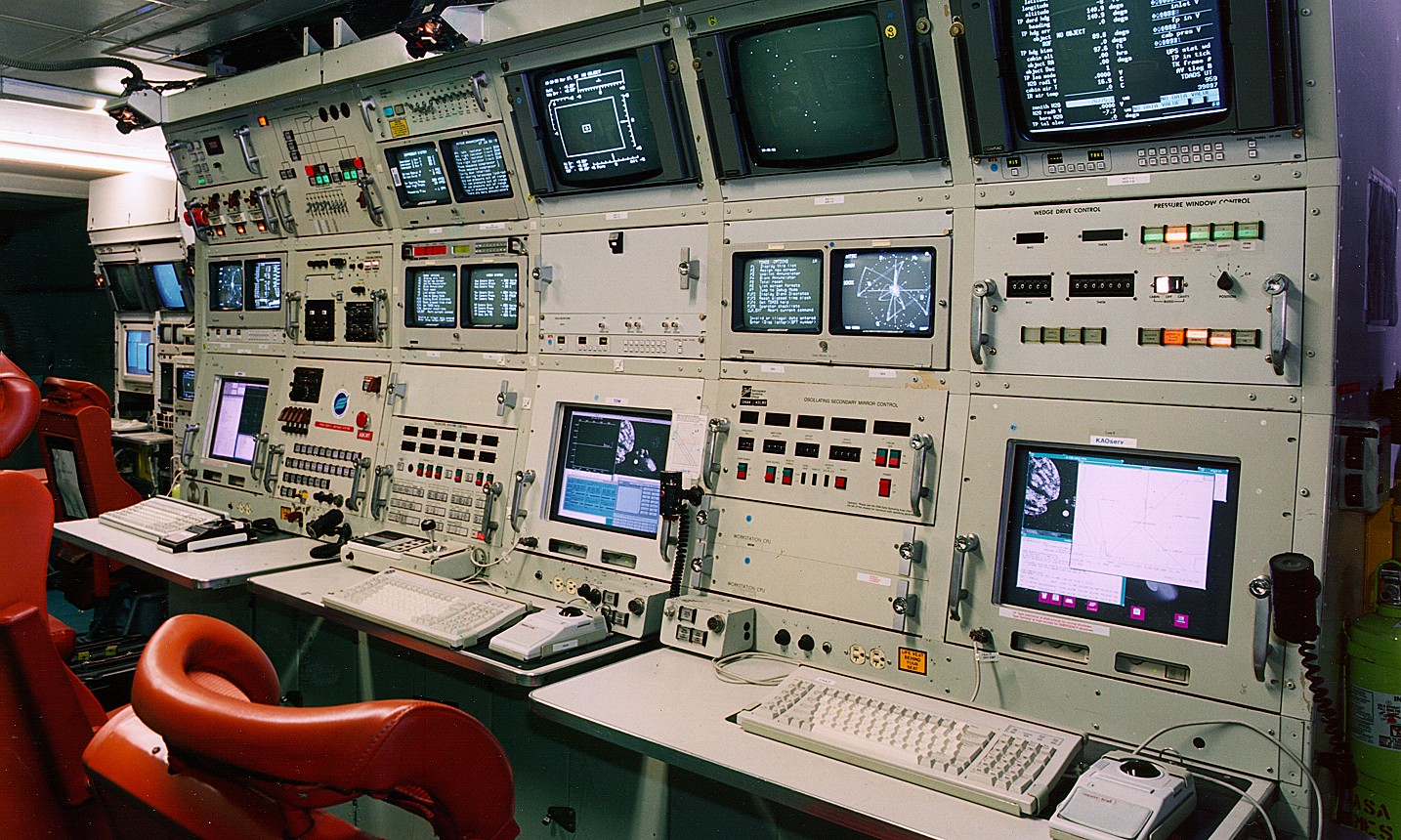
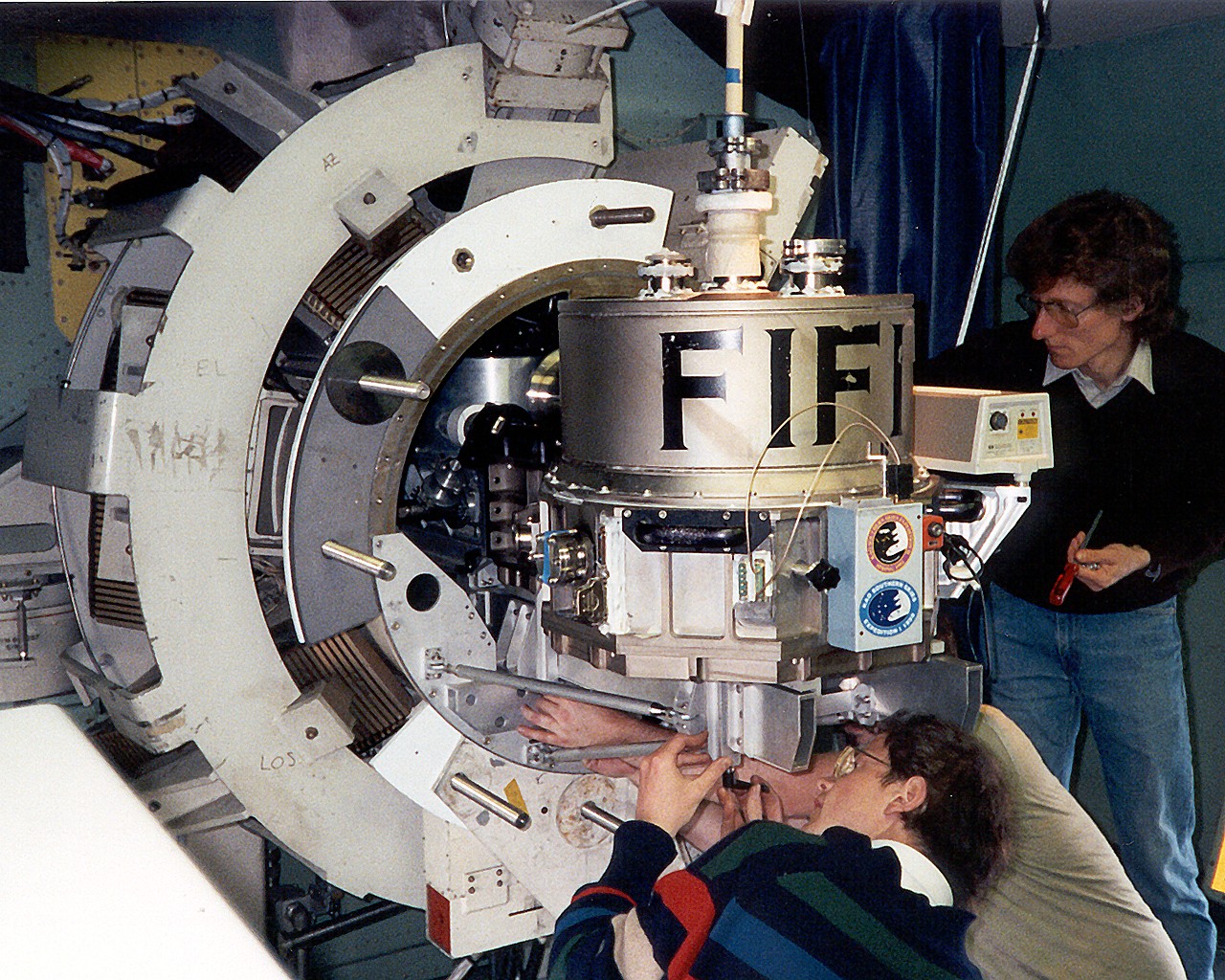
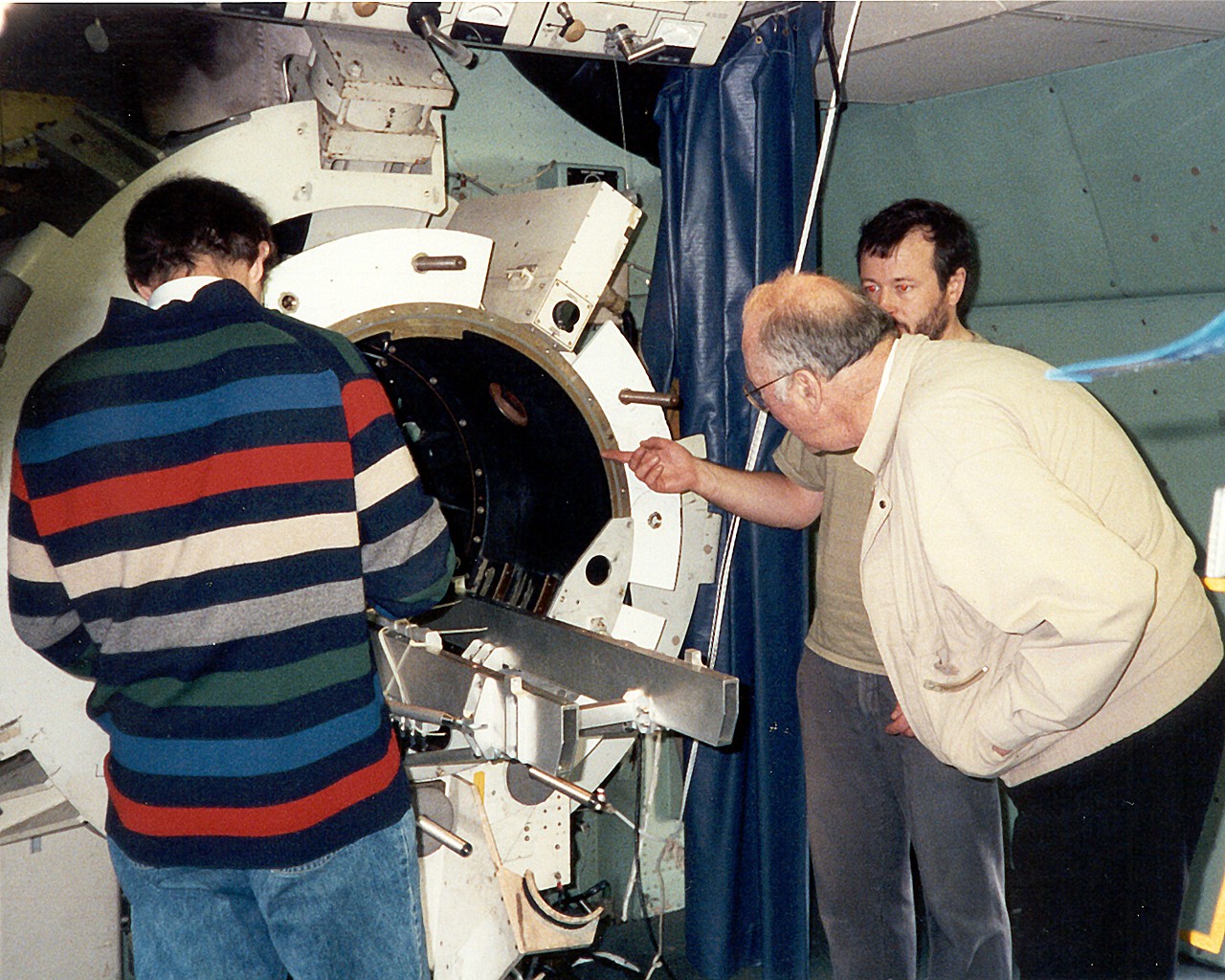
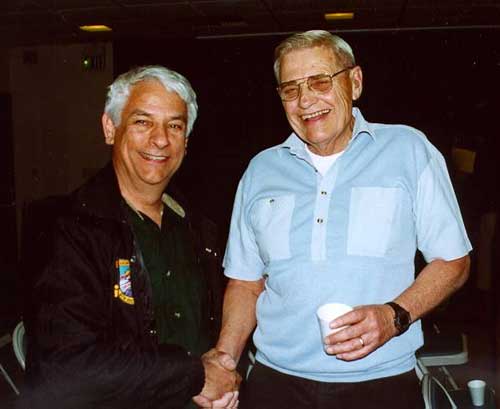
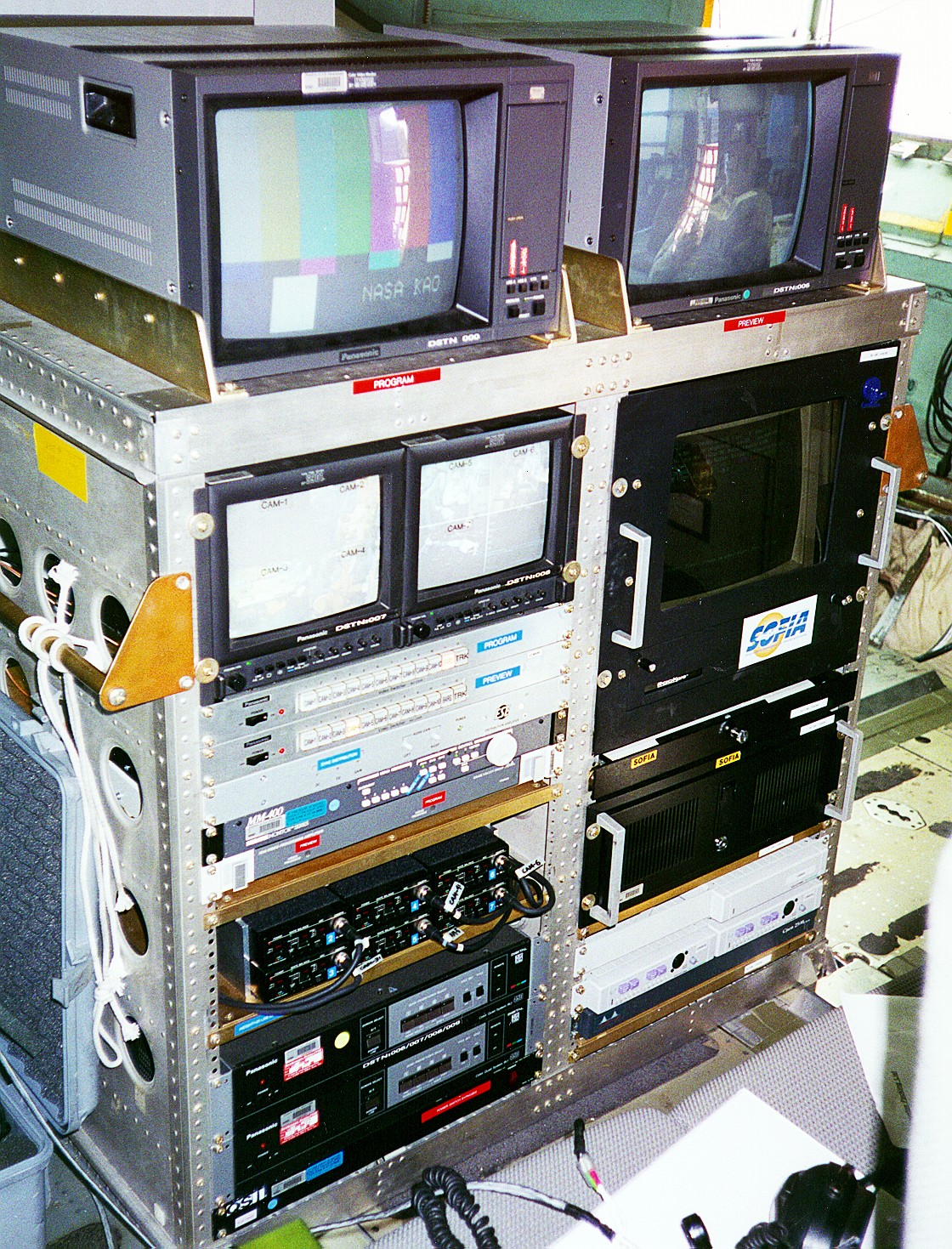
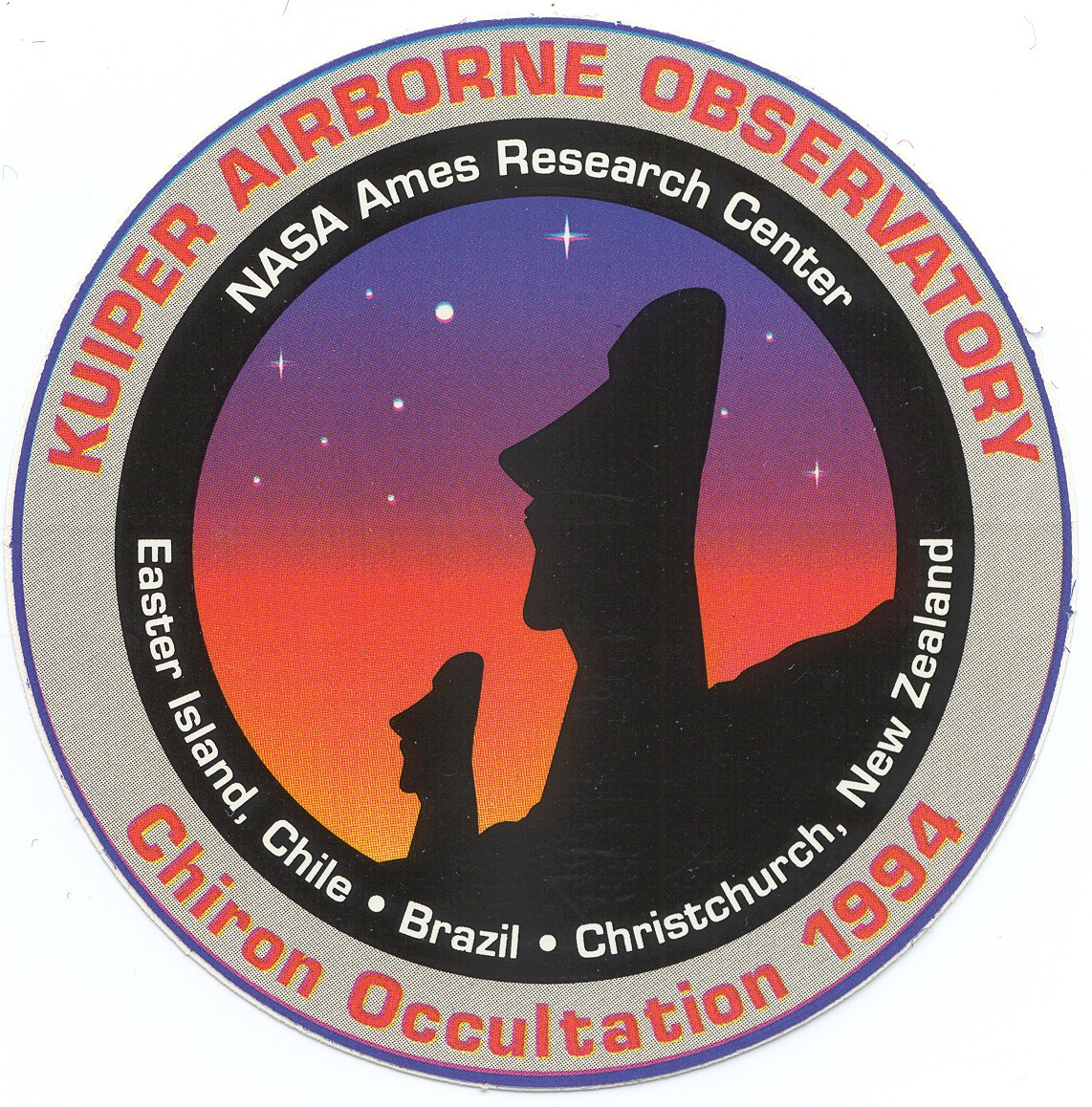
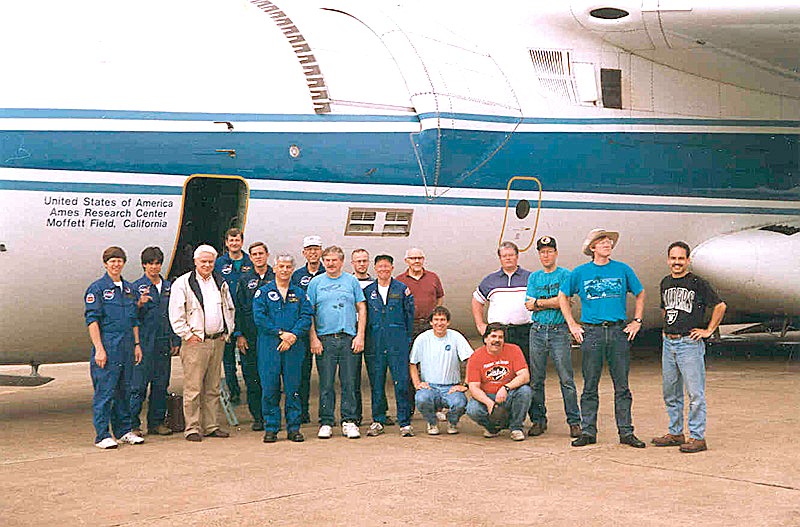
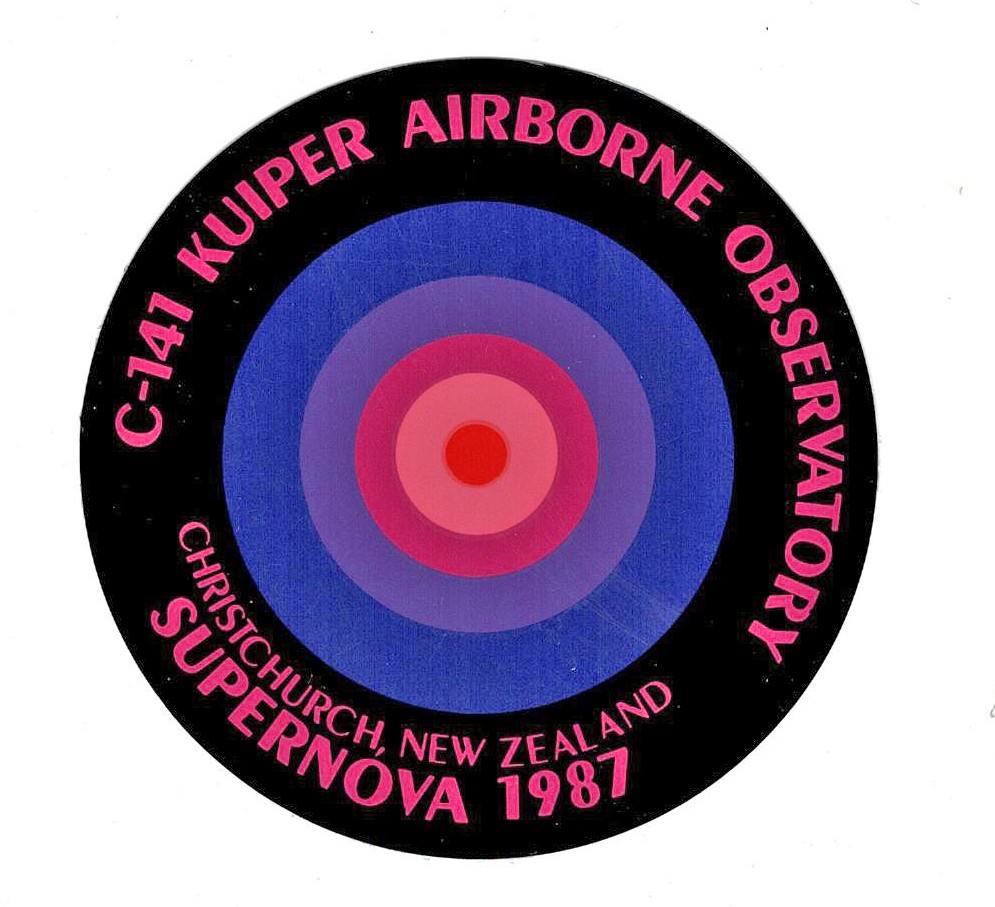
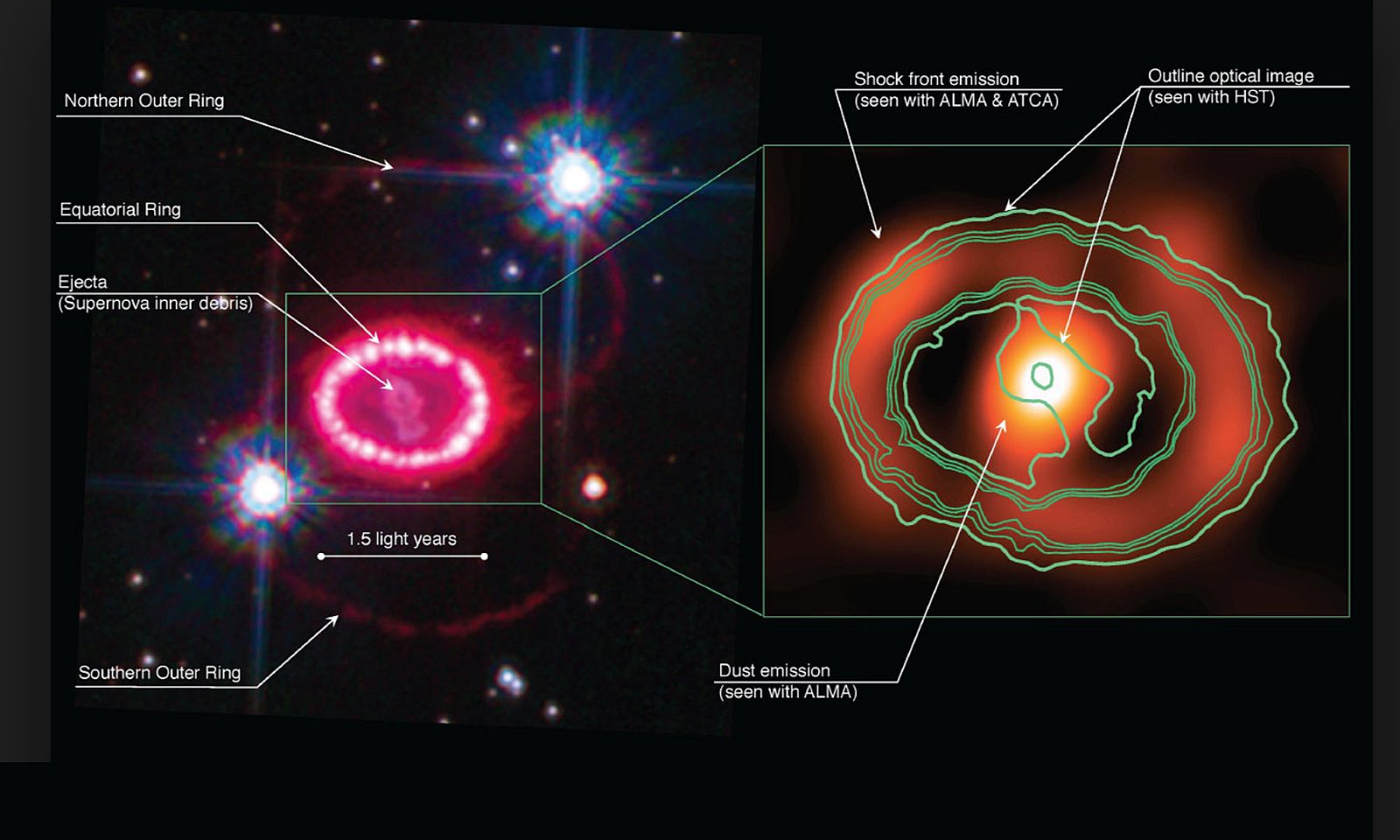
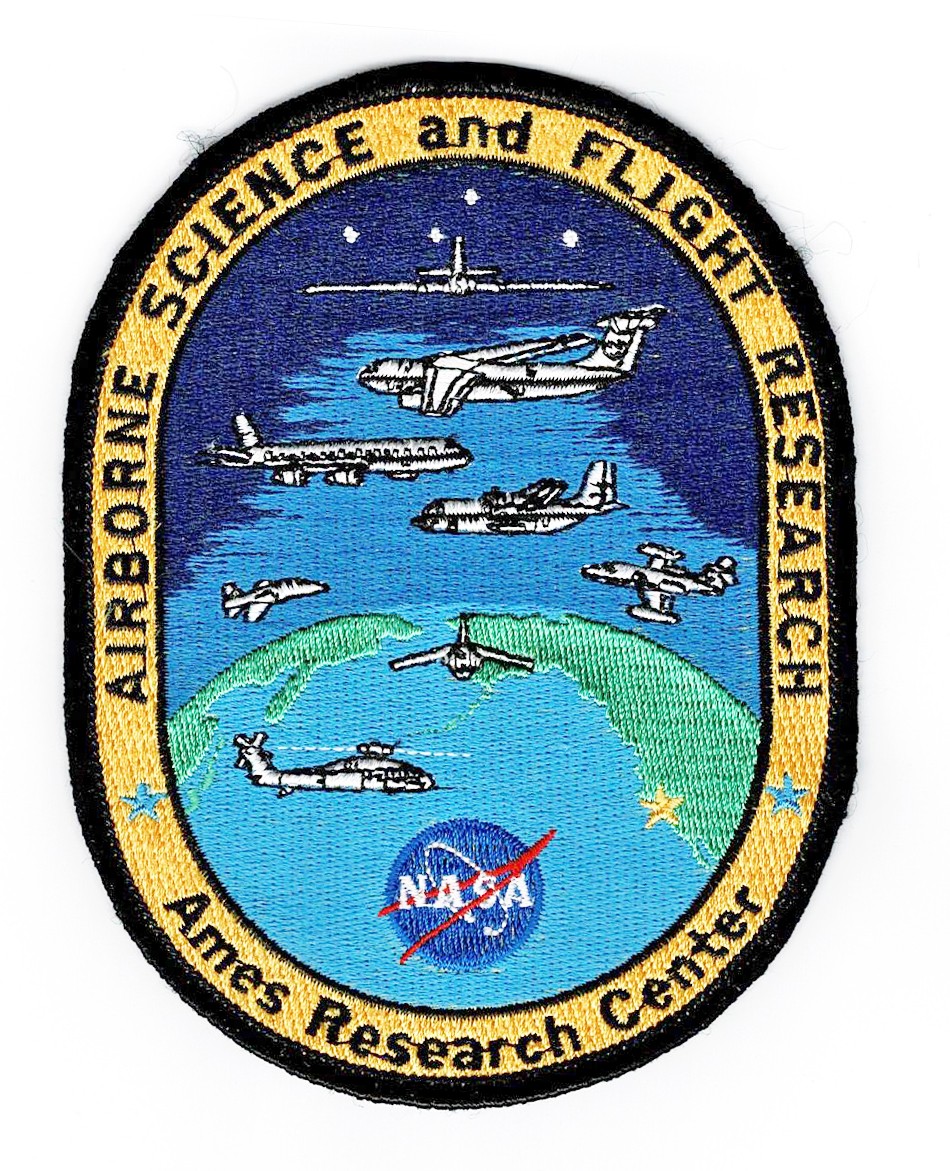
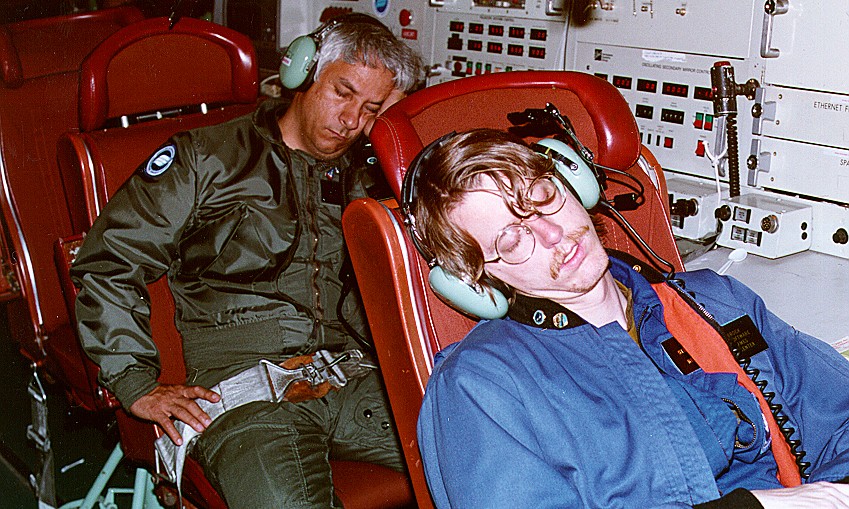
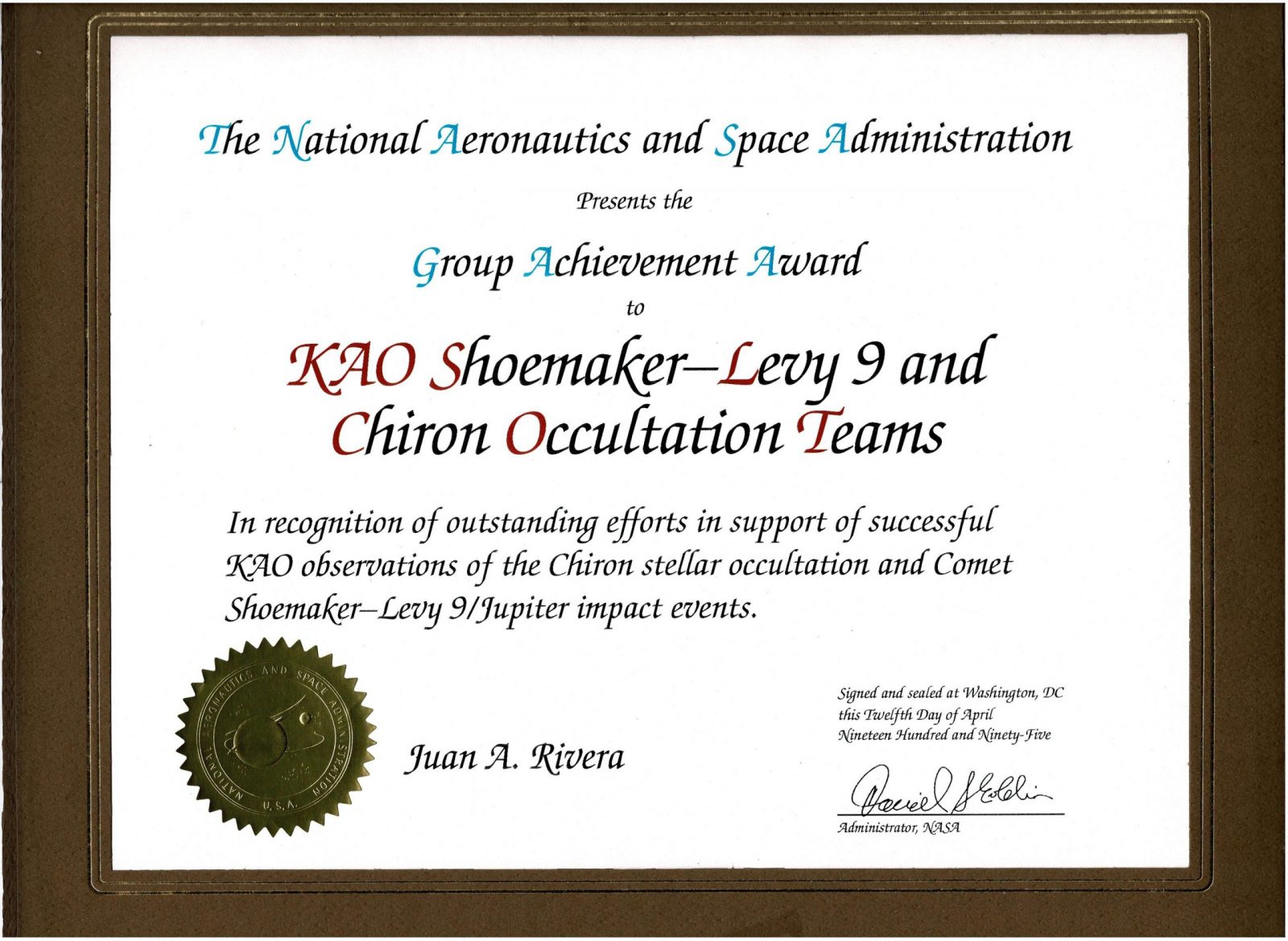
The Kuiper Airborne Observatory (KAO) was designed to do airborne infrared astronomy from the stratosphere. Infrared (IR) is attenuated by water vapor in the atmosphere, so the telescope needs to be in space or in the stratosphere. The telescope was a 2-meter cassegrain that was stabilized and could maintain 2 arc second pointing accuracy. I was the lead telescope operator for five years.
The audio you hear was the Tracker Operator discussing an observation being made with the science team…
Our flight lasted seven and a half hours and we flew at 41,000 and sometimes 45,000 feet. 45,000 feet is very high, and increases the danger of an explosive decompression. We all had extensive and yearly recurring high-altitude training at Beale Air Force Base in a hyperbaric chamber…
The Kuiper Airborne Observatory was the only civilian C-141 in the world. Each 7-hour flight cost about $180,000, so when we deployed for several weeks or months to another part of the world it was a major event and NASA always memorialized each mission with a patch. Here are a few of the missions I was involved with.
The telescope is a 2-Meter cassegrain. Jet aircraft do not normally fly at eight tenths the speed of sound with a huge opening in the side of the plane. The small flaps on the left side of the picture are boundary layer controls that cause the air to flow smoothly over the opening.
This is Dave Black, one of the first people I met when applying for a telescope operator position on the KAO. Dave was the lead telescope operator and trained me. Towards the end of the program Dave moved on and I took his position. That was 30 years ago and we’re still close friends.
In this picture Dave is installing the secondary mirror on the telescope from inside the telescope cavity. The telescope was a cassegrain configuration, where light enters the telescope, illuminates the primary mirror, is directed back and focused on the small secondary mirror which then reflects the light back through a hole in the center of the primary mirror on to the detector. This configuration results in a very compact design.
The secondary mirror was mounted on four linear actuators which allowed it to be tilted precisely in any direction and amplitude in a very rapid back and forth motion, so the telescope could repeatedly focus on two different locations in the sky – one was the object of interest and the other was “dark sky”. The two signals were compared. Anything on the dark sky channel was simply noise created by the processing electronics. It was subtracted from the signal on the other channel. That difference signal was generated by the object being observed.
This was my flying office for five years. Having the telescope in an aircraft allows it to be easily moved anywhere for optimum observations. We traveled to Hawaii, New Zealand, Australia, Brazil, and Easter island during my time with the KAO. It has now been replaced by SOFIA – a 747.
FIFI stands for Far-Infrared Imaging Fabry-Perot Interferometer. This detector was housed in a triple Dewar. The outer Dewar was filled with liquid nitrogen, the inner two Dewar’s were filled with liquid Helium isotopes 3 and 4. The detector itself operated at about 0.2 degrees above absolute zero. It was so sensitive that it could count individual photons.
This is Doctor Townes in the foreground. He was awarded the Nobel Prize in Physics in 1964 and was instrumental in helping us win WW-II. During the war he worked at the famous Bell Telephone Laboratory and designed radar bombing systems. Working along side brilliant scientists like Dr. Townes made my job very satisfying!
Marty was one of the NASA pilots that flew the KAO. He was also the Director of Flight Operations at Ames Research from 1984 until 1990. Among his many achievements, Marty flew the U2 for the CIA, The Air Force, and for NASA for a total of 21 years. Marty was a real hero and a great guy.
See the next slideshow for details… One of the last series of missions we flew was to transmit 18 hours of live interactive television programming to television stations all over the country. It was a huge engineering challenge with NASA and JPL working together to pull it off. The uplink was a 100-Watt Ka-band transmitter to a NASA satellite called ATCS. This project helped to promote the commercial use of Ka-Band spectrum.
One of the benefits of having an astronomical research facility in an aircraft is that you can move it anywhere for the best possible observations. This was an occultation mission which required us to place the telescope in a position so the object being observed would pass directly in front of a “calibration star” – a star of known intensity. This allows an analysis of an atmosphere or rings.
This mission took us to Brazil, Chile, New Zealand, and Easter Island. In this picture we are preparing to board the aircraft for a ferry flight. UPDATE: As I write this, the KAO program has been shut down for many years. The KAO is now a pile of hazardous material – it can’t be flow out, and it can’t easily be sawed into pieces and hauled away. It sits as a silent memorial to the past It’s been replaced by a 747 with a much larger telescope, called SOFIA – Stratospheric Observatory for Infrared Astronomy…
Supernova 1987a was a once in a lifetime astronomical event. It attracted worldwide attention from astronomers. The Kuiper Airborne Observatory was dispatched to Christchurch New Zealand for several months each year to conduct observations from the best possible location. NASA created this patch to commemorate the missions.
Supernova 1987A – This is infrared spectrometry collected by the KAO. It helped to increase the World’s understanding of the universe.
When I worked at NASA’s Ames Research Center as a Telescope Operator on the Kuiper Airborne Observatory the ramp in front of our hanger, and adjacent hangers, were filled with amazing aircraft – Our C-141, a DC-8, Several U2’s, the QSRA, several T-38’s, and a bunch of helicopters. But years ago they were all moved to NASA Dryden next to Edwards AFB. Now the area has been taken over by Google’s fleet of aircraft. Ames is a shell of its former self. Too bad.
Over 4000 hours and five years of flying on the KAO, and this is the only picture I have to show that was really there, and I’m sleeping! That just isn’t right!
One of the most rewarding deployments I made was to Australia to do an occultation and to cover the impact of nine huge chunks of a comet that broke apart and slammed into Jupiter in July of 1992. Since the KAO was able to travel anywhere in the world on short notice, we were able to gather data from the best location on Earth – Off the coast of eastern Australia. NASA was extremely pleased with our results and we all received this nice award.